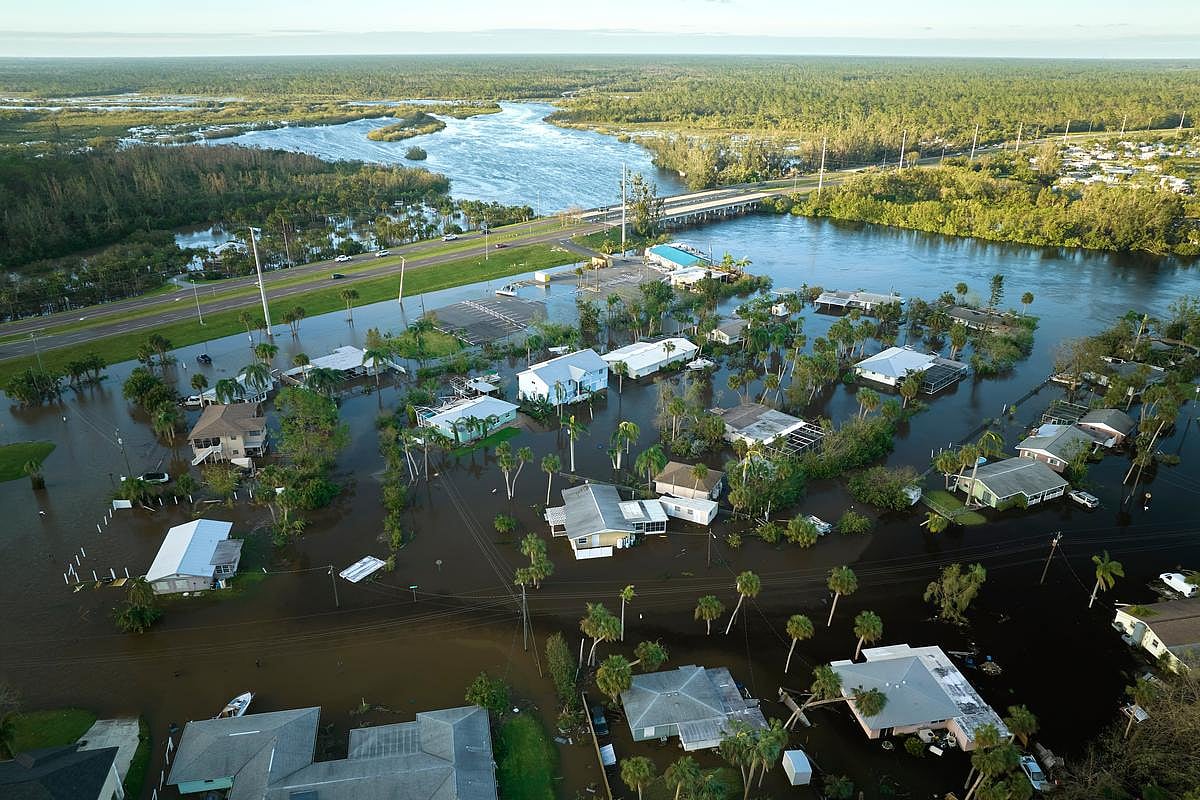Get Healthy!

- Robin Foster
- Posted October 21, 2024
Flesh-Eating Bacteria Cases Rise in Florida in Wake of Storms
MONDAY, Oct. 21, 2024 (Healthday News) -- Following the devastation of hurricanes Helene and Milton, a new health danger has emerged in Florida: A spike in cases of flesh-eating bacteria.
In a statement issued by the Florida Department of Health earlier this month, officials urged residents to avoid floodwaters where the Vibrio vulnificus bacteria, which causes the dangerous and sometimes deadly skin infection, can flourish.
"While floodwaters are present, there is an increased risk of Vibrio infections, such as Vibrio vulnificus, which can be life-threatening," officials said in the statement. "After heavy rainfall and flooding, the concentration of these bacteria may rise, particularly in brackish and saltwater environments."
Florida had just six confirmed cases of Vibrio vulnificus before Hurricane Helene arrived in late September, but that number surged to 24 by the end of the month. Since both hurricanes struck, there have been 38 confirmed cases, bringing the state total to 74 this year.
The Tampa Bay-area counties of Hillsborough and Pinellas -- which saw devastating storm surge -- reported the largest increases of the bacteria, which is commonly found in warm coastal waters, CNN reported. Before Hurricane Helene made landfall on Sept. 26, there were no reported cases in Pinellas County and one in Hillsborough County. Now, Pinellas has 14 confirmed cases, and there are seven in Hillsborough, state officials reported.
What can residents do to protect themselves?
State officials recommend that people avoid swimming or wading in floodwaters. If you must come into contact with contaminated water, you should cover any wounds with a waterproof bandage and wash the wound thoroughly afterward.
People can become infected by Vibrio vulnificus one of two ways: by exposing open wounds to contaminated water or by eating improperly cooked seafood. Those with compromised immune systems, liver disease or open wounds are at higher risk of infection, according to the U.S. Centers for Disease Control and Prevention.
Of the 150 to 200 Vibrio vulnificus cases reported to the CDC every year, about 1 in 5 die from the infection.
This is not the first time a hurricane has triggered a spike in Vibrio vulnificus infections in Florida. In 2022, there were 29 new cases in aftermath of Hurricane Ian, bringing the state’s total to 74 by year's end, state officials reported.
More information
The CDC has more on Vibrio vulnificus.
SOURCE: Florida Department of Health, news release, Oct. 8, 2024; CNN






